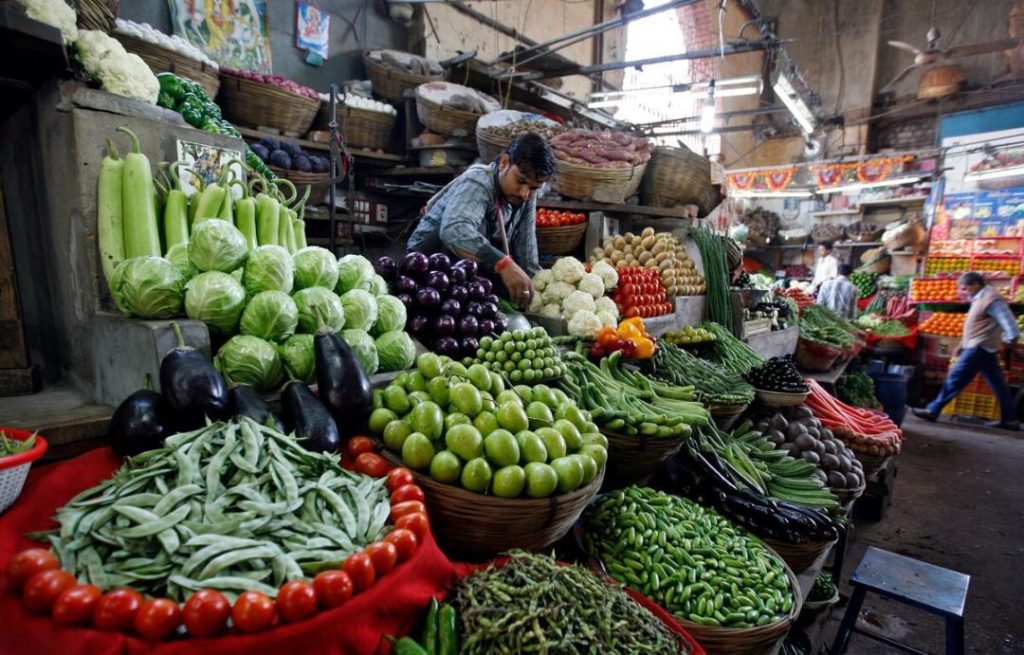
Which items saw highest & lowest inflation in January?
January 2025 has come to a close, and with it, the release of the latest inflation data for the country. As a consumer, it’s essential to stay informed about the prices of everyday items, especially when it comes to staples like food and household essentials. In this blog post, we’ll take a closer look at the top five items showing the highest year-on-year inflation and the key items with the lowest year-on-year inflation in January 2025.
Highest Inflation Items:
According to the data released by the government, the top five items showing the highest year-on-year inflation at the all-India level in January 2025 are:
- Coconut oil (54.20%): Coconut oil has seen a significant increase in prices, with a whopping 54.20% year-on-year inflation. This is likely due to a combination of factors, including a shortage of coconuts and a rise in demand for this popular cooking oil.
- Potato (49.61%): Potatoes have also seen a significant price hike, with a 49.61% year-on-year inflation. This could be attributed to factors such as a decline in potato production and increased demand for this staple food item.
- Coconut (38.71%): Coconut, another essential ingredient in many Indian dishes, has seen a 38.71% year-on-year inflation. This is likely due to a shortage of coconuts, which has driven up prices.
- Garlic (30.65%): Garlic is another item that has seen a significant price increase, with a 30.65% year-on-year inflation. This could be attributed to factors such as a decline in garlic production and increased demand for this popular spice.
- Peas (vegetables) (30.17%): Peas, a popular vegetable in many Indian dishes, have seen a 30.17% year-on-year inflation. This could be attributed to factors such as a decline in pea production and increased demand for this vegetable.
Lowest Inflation Items:
On the other hand, the key items with the lowest year-on-year inflation in January 2025 are:
- Jeera (-32.25%): Jeera, or cumin, has seen a significant decline in prices, with a -32.25% year-on-year inflation. This is likely due to a surplus of jeera in the market, which has driven down prices.
- Ginger (-30.92%): Ginger has also seen a significant decline in prices, with a -30.92% year-on-year inflation. This could be attributed to factors such as a surplus of ginger in the market and a decline in demand.
- Dry chillies (-11.27%): Dry chillies, a popular spice in many Indian dishes, have seen a -11.27% year-on-year inflation. This could be attributed to factors such as a surplus of dry chillies in the market and a decline in demand.
- Brinjal (-9.94%): Brinjal, or eggplant, has seen a -9.94% year-on-year inflation. This could be attributed to factors such as a surplus of brinjal in the market and a decline in demand.
- LPG (-9.29%): LPG, or liquefied petroleum gas, has seen a -9.29% year-on-year inflation. This could be attributed to factors such as a decline in global oil prices and a surplus of LPG in the market.
What does this mean for consumers?
As a consumer, it’s essential to stay informed about the prices of everyday items, especially when it comes to staples like food and household essentials. The data above highlights the items that have seen the highest and lowest year-on-year inflation in January 2025. For consumers, this means that it’s essential to budget accordingly and plan their expenses wisely.
For those who rely heavily on these items, it’s essential to explore alternative options or look for ways to reduce their consumption. On the other hand, consumers who are looking to save money could consider stocking up on items that have seen a decline in prices.
Conclusion:
In conclusion, the data above highlights the top five items showing the highest year-on-year inflation and the key items with the lowest year-on-year inflation in January 2025. As a consumer, it’s essential to stay informed about the prices of everyday items and plan their expenses wisely.
By understanding the trends in inflation, consumers can make informed decisions about their spending habits and budget accordingly. Whether you’re looking to save money or make the most of your expenses, staying informed about inflation is crucial in today’s economy.
Source:






